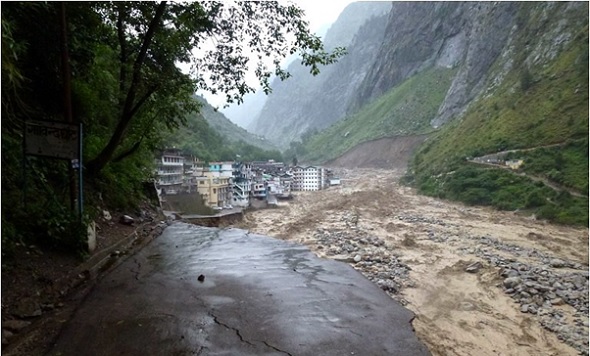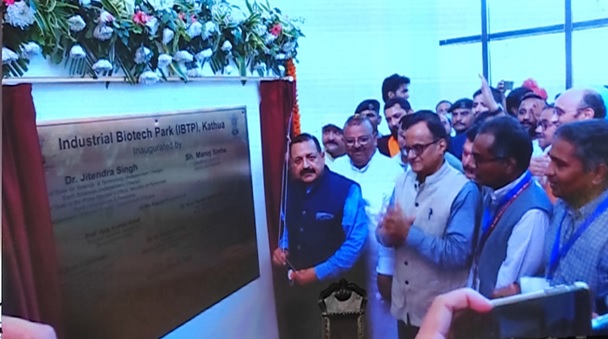
(a representative picture of a landslide. Credit: Flickr)
A team of researchers from the Bengaluru-based Raman Research Institute has developed a new method to help develop early warning systems for catastrophic structural failures, including natural phenomena like earthquakes and landslides.
The new technique is basically intended to better understand how a slurry, formed when sufficient amount of solid grains is mixed with a liquid, behaves. The slurries have a highly disordered particle arrangement. When an external force is applied, they undergo failures and eventually starts flowing like a liquid. The phenomenon is technically known as yielding.
The process of yielding assumes importance as it is also associated with significant energy dissipation in the system due to the particle-particle and particle-liquid friction. However, due to the disordered arrangement of particles, it is tough to predict the occurrence of such force-induced failures in these systems.
A team of researchers from the Bengaluru-based Raman Research Institute has developed a new method to help develop early warning systems for catastrophic structural failures, including natural phenomena like earthquakes and landslides.
The new technique seeks to address this issue. It is, among other things, expected to be useful for developing a better understanding of catastrophic natural phenomena like earthquakes and landslides as they also involve stress-induced failure and the flow of granular soft solid. “The sand and other grainy materials that are involved in such phenomena are similar to the particles that have been used in our study. Studying the interactions between the grains in possible locations of such catastrophic phenomena can help in minimizing the damages and fatalities”, says Sayantan Majumdar, the leader of the study team and an Associate Professor in the Soft Condensed Matter Group at RRI.
Speaking to India Science Wire, he said the technique also had potential application in the oil recovery and material processing industries, where force-induced deformation and failure of soft granular solids play a crucial role. “In oil recovery and large-scale industries, there is a huge cost associated with the power consumption for transporting slurries. A detailed understanding of pressure-induced failure and flow properties can help optimize this”.
Giving details about the work, Majumdar said, “Our new experimental method estimates the critical jamming volume fractions that encode information about the effective interactions in the slurry. We show that these parameters can quantitatively explain the flow behaviour and yielding of soft granular solids under different conditions of applied forcing. We have validated the results by tuning the interaction between the particles using surfactants”.
The team consisted of Sebanti Chattopadhyay (the first author of the study) and Sharadhi Nagaraja, besides Majumdar. They have published a report on their work in the science journal, Communications Physics.
India Science Wire
ISW/SP/DST/EARTHQUAKE/24/06/2022





